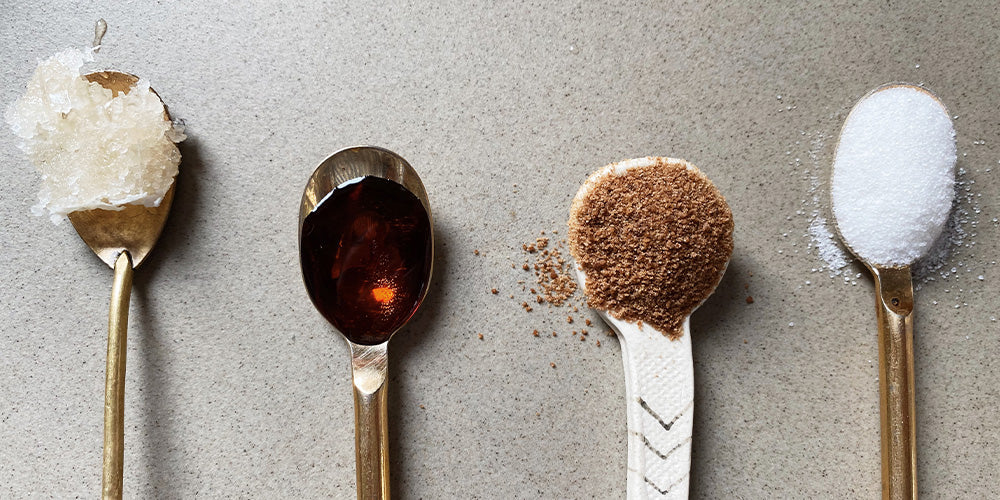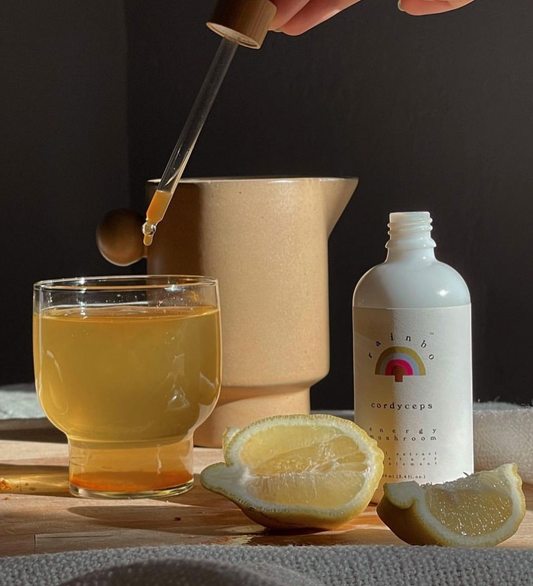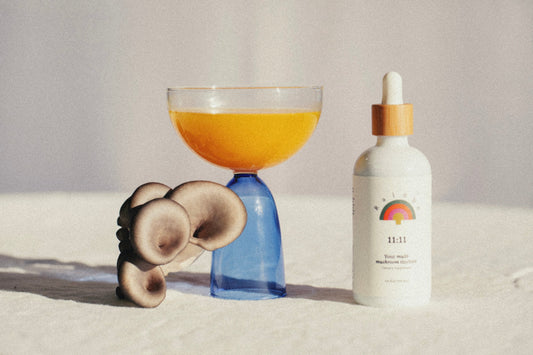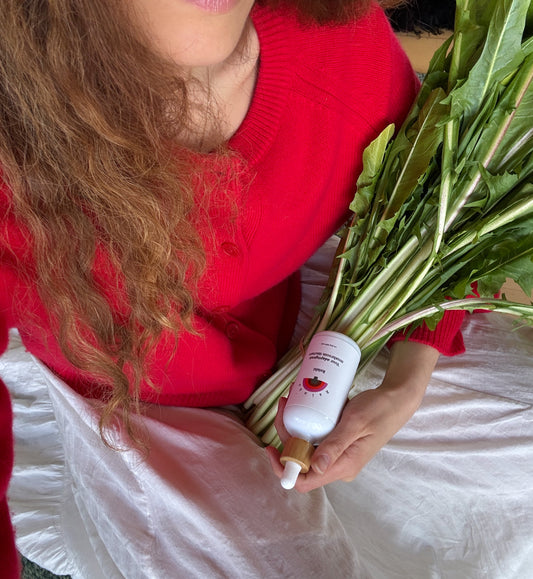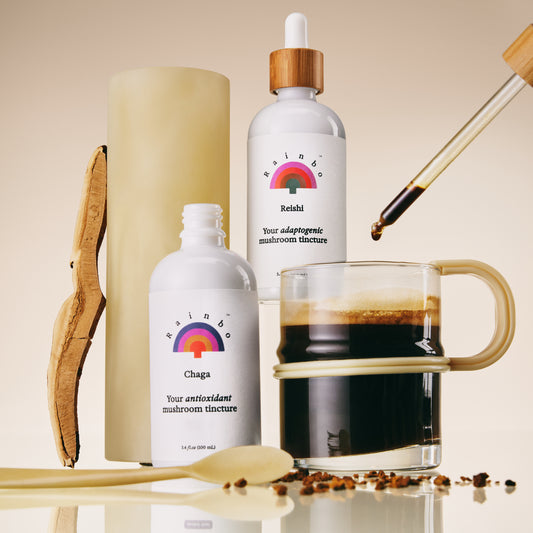Sugar: The Better Alternative!
Refinement is the process of removing impurities, so let us refine our concept of refined sugar and all of it's cousins.
Sugar has a pretty bittersweet reputation in our diets. The sweet side is that sugar is a natural and necessary energy source for us. In fact, our metabolism depends on the building block of sugar, called glucose, for survival. However, the bitter side appears as dangerous health problems when we consume too much of it, increasing risk for chronic diseases related to obesity, diabetes and cardiovascular health. Today we consume around 20 times more sugar than our ancestors did, due largely to the refinement of sugar and its addition to foods and beverages. The evolutionarily-based connection between palatability and the nutritional value of food was broken as soon as industry was able to isolate the essence of sweetness to impart desirable flavour on foods unlike anything that exists in nature. While once upon a time our hunger for sweetness was satisfied by eating fruit, which led us to consume the necessary nutrients found in fruit - now our natural liking for sweet things can be satisfied by anything with added sugar. So what’s the difference between the sugar found in fruit & vegetables and refined sugar? Or the difference between all the sweetener options at the grocery store and on ingredient labels such as corn syrup and maple syrup, coconut sugar and white sugar?
It boils down to the difference in the building blocks that make up the composition of the sugar, the relative glycemic index, and any additional nutritional value such as vitamins, minerals or antioxidants that may come along with the sweetener of choice.
At rainbo, we choose to replace refined sugar with maple syrup in our recipes because not only does maple syrup have a lower glycemic index (read more below) but it is a decent source of minerals such as manganese and zinc, as well as a provider of antioxidants. Forest juice has the added benefit of being a 100% Canadian maple syrup infused with medicinal mushrooms chaga and reishi, elevating it's antioxidant potency and immune system support. When it comes to sweetener options, not all sugar is created equal. Rainbo recommends that the quest for satisfying your sweet tooth be achieved through consumption of real, whole foods (unprocessed sugar), and by replacing the "added-sugar" already in your diet with better sugar options.
Forest juice can replace refined sugar in a 1:1 ratio.

Lets understand the carbohydrates
Sugars are carbohydrates. Dietary carbohydrates can be divided into either digestible or indigestible. The indigestible carbohydrates pass through our body and make up what we call fibre (think cellulose in the cell walls of plants or chitin in the cell walls of fungi). Digestible carbohydrates are broken down and absorbed by the body to use as fuel, and consist of sugars and starch. All carbohydrates are made up of small building-block units called monosaccharides. Common sugars that are found naturally as monosaccharides include glucose, fructose, and galactose. Glucose is the product of photosynthesis in plants, and is the main source of energy metabolism for all organisms. Fructose is found in fruits, whereas galactose exists only in the animal kingdom as part of milk sugar lactose. Disaccharides are sugars that are made up of two monosaccharides bonded together, such as sucrose - our refined table sugar- made up of one unit of glucose and one unit of fructose. When more than two monosaccharides are joined together, a chain of multiple glucose units are what we call polysaccharides. Digestible polysaccharides act as energy storage in plants (starch) and animals (glycogen), whereas indigestible polysaccharides have a structural function in plants (cellulose) and fungi (chitin). Beta-glucans are other naturally occurring polysaccharides found in plants and fungi that have medicinal properties when consumed, including modulation of our immune system and lowering of cholesterol levels.
Blood glucose
Many of the principal foods we eat are sooner or later converted to glucose in the body, which is further metabolized to provide energy to tissues for everyday activities. When digested-glucose enters the bloodstream, causing blood glucose levels to rise, there is an immediate release of hormones such as insulin from the pancreas. These hormones act to lower the level of glucose in the blood to a normal level. This occurs by the conversion of glucose into a polysaccharide called glycogen that is then tucked away in the muscles and liver where it can be called upon again to release glucose if the blood glucose levels fall. When glycogen stores are full, the excess glucose gets converted to fat for long term storage. There is no limit to storage of body fat.
Glycemic index
The glycemic index (GI) of a food containing carbohydrates defines how quickly it causes blood sugar to rise after consumption. GI is ranked in relation to pure glucose (GI=100).
high- (≥70), moderate- (56-69), low-GI (≤55)
Carbohydrates with a low GI value are more slowly digested, absorbed, and metabolized and cause a lower and slower rise in blood glucose and corresponding blood insulin levels.
Too much too fast
A diet consisting of foods with a high GI is associated with chronic disease related to obesity, diabetes, cardiovascular health, and other degenerative diseases. The high blood glucose levels or rapid glycemic “spikes” following meals can promote these diseases by increasing systemic glycemic spikes, oxidative stress to the vasculature, and also by the direct increase in insulin level.
Better sugars
There is no such thing as replacing bad sugar with good sugar. But better sugars do exist. There is reason to believe that the fructose component of sugar is responsible for many of the undesirable effects coming from excess sugar in the diet. Fructose must first be converted to glucose by the liver to be used by cells in the body. A diet high in calories with high fructose can overload the liver and it will start turning fructose into fat.
Sweeteners differ in their composition of the sugar building blocks. Evidence leads us to believe that added sugars containing a higher proportion of fructose than glucose are worse for us. However, it is important to note that when we are consuming fructose found in whole fruit, it comes as a low calorie/high fibre package, is slower to absorb, and is very difficult to eat in excess. Above all else, fruit and vegetables provide us with essential vitamins, minerals and macronutrients. The harmful effects of sugars apply only to added sugars and not to the natural sugars found in our whole foods.
The better sugars will therefore contain a smaller proportion of fructose. They will score lower on the glycemic index meaning they won’t cause insulin levels to spike. Whereas refined sugar provides nothing but empty calories, better sugars will provide additional nutritional value in the form of vitamins & minerals and antioxidants, bringing us a little closer to the original palatability - nutrition connection.
The less processing that occurs between nature to table, the more nutritional benefits alongside the sugar.
Refined table sugar
The refinement process that converts sugar cane or sugar beet to table sugar strips away any fibre, antioxidants, or nutrients from the whole plant material, and leaves pure sucrose. Table sugar is therefore composed of 50% glucose and 50% fructose units. It is considered an “empty” calorie, supplying no nutritional benefit. GI of around 65.
High-fructose corn syrup
An artificial sugar made from corn syrup, and a common additive in many processed foods due to very low manufacturing costs. High-fructose corn syrup is also considered "empty calories", and provides no essential nutrients. It is composed of 55% fructose and 45% glucose, and although the GI for high-fructose corn syrup appears to be low, many health issues related to obesity are attributed to it's excessive intake. Keep an eye out for this one on your packaged food labels.
Coconut sugar
Made from sap of the coconut palm tree, coconut sugar supplies the same amount of fructose and glucose as refined table sugar. However it also includes a fibre called inulin which may slow glucose absorption and explain why coconut sugar has a lower GI of around 54. Minerals such as iron, zinc, calcium, and potassium along with some antioxidants are found in small amounts.
Medjool Dates
A real food, dates are the fruit of the date palm tree, providing us with 90% sugar made up of equal parts glucose and fructose, and 10% fibre. The fibre helps stabilize blood glucose levels, and dates have a low GI of around 42. Along with the significant fibre content, dates contain traces of nutrients such as B vitamins, potassium, magnesium, calcium and manganese.
Honey
Raw, unpasteurized honey produced by bees is a real food and contains nutrients such as Vitamin C, B vitamins, niacin, folate, manganese, zinc, iron, selenium, potassium, and calcium. Honey also contains amino acids, phenolic acids, flavonoids and certain enzymes that are thought to have anti-bacterial, anti-allergy, anti-inflammatory, antioxidant, and anticancer properties. While honey does contain higher fructose levels, it has a relatively low GI of around 58 and is one of the best sugar substitutes due to its bounty of medicinal and nutritive properties.
Maple syrup
100% real maple syrup, produced by boiling down sap collected straight from maple trees, is lower calorie than other sweeteners, has a low GI score of 54, as well as a low fructose content. As it is minimally processed, it comes packed with antioxidants and minerals such as manganese, calcium, zinc, magnesium, potassium, and iron. Some studies have found up to 24 different antioxidants in maple syrup. Remember that antioxidants can reduce oxidative damage in the body, which is believed to be involved in the mechanisms behind aging and many diseases.
The vitamins and minerals found in coconut sugar, honey and maple syrup and other more natural sugars are beneficial for the body -supporting cell formation, maintaining healthy red blood cells, and the immune system.
However, it’s important to remember that the trace amounts of nutrients and antioxidants found in these sweeteners don’t outweigh the large amounts of sugar. So replace, but don’t add. And consume in moderation :)
